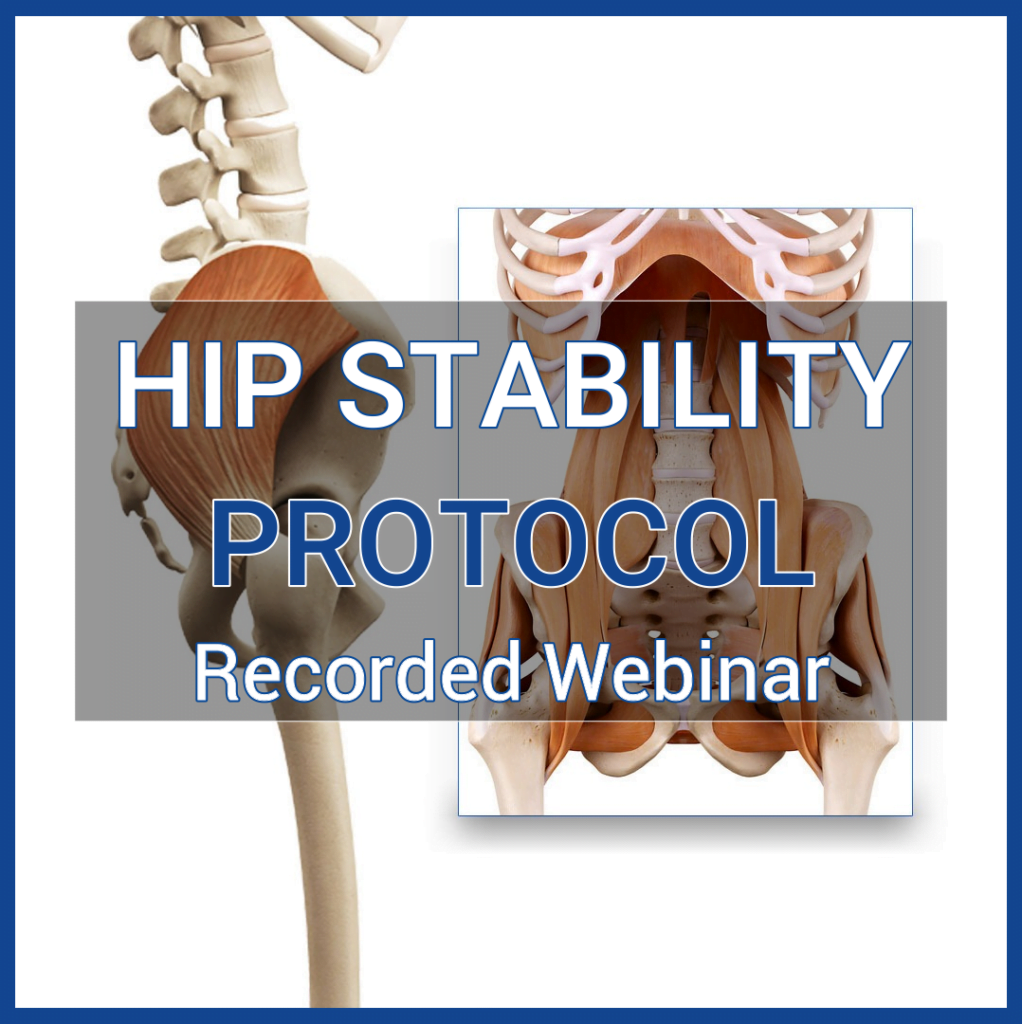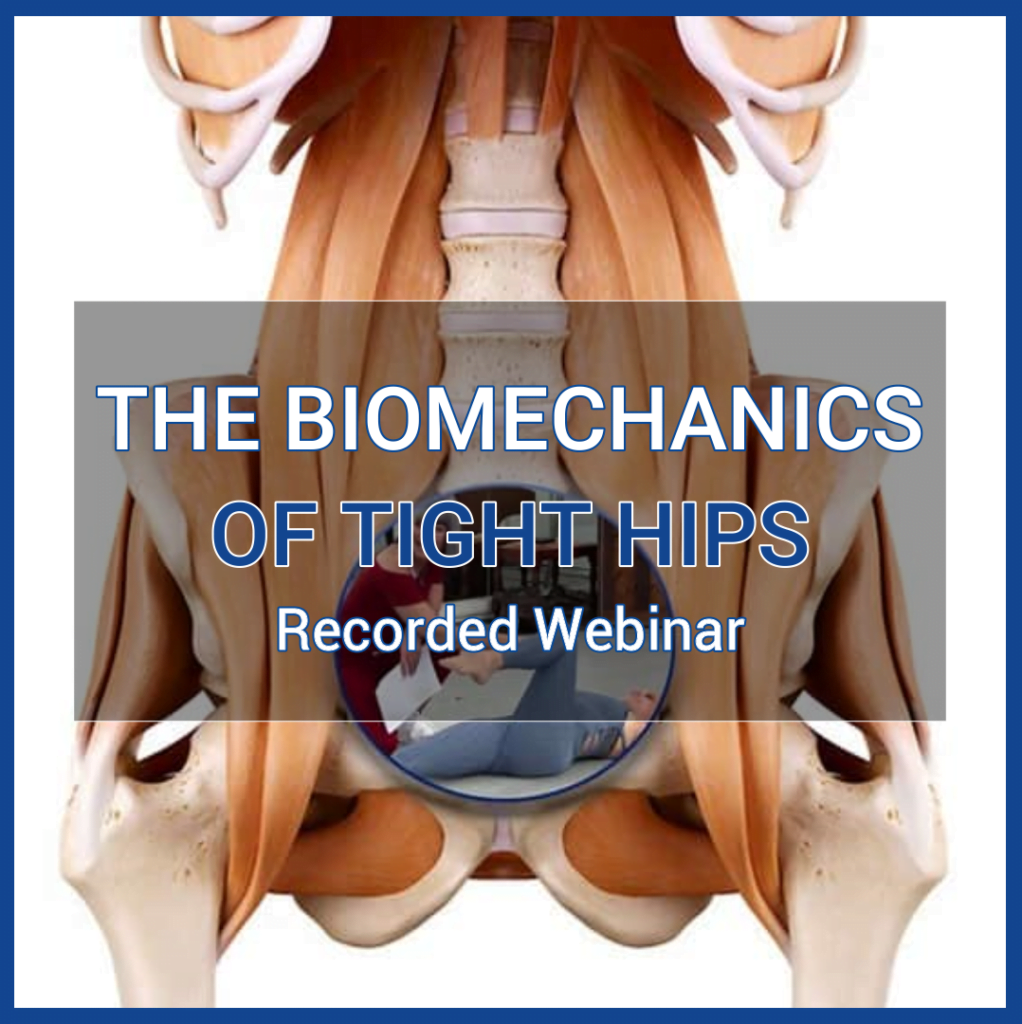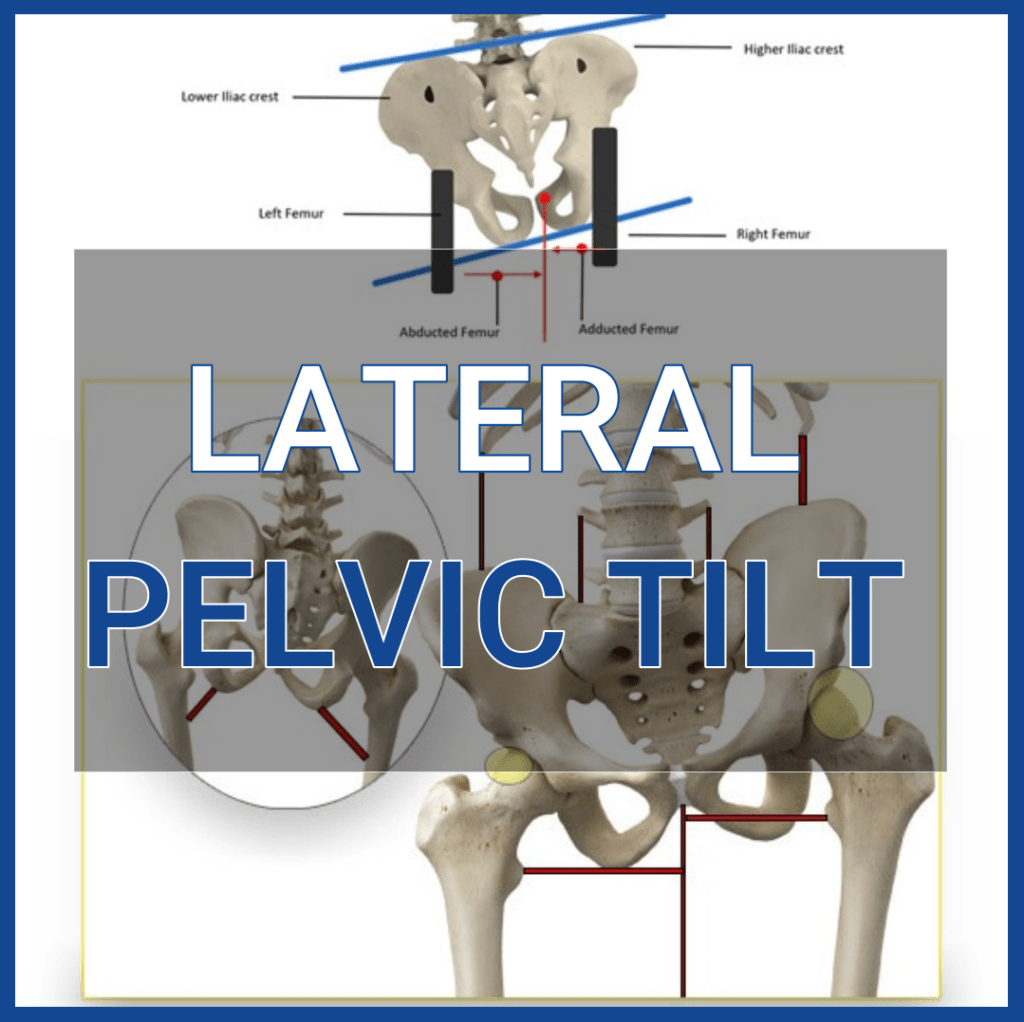Knee Stability Protocol – Achieving Strong and Mobile Knees
Description
Welcome to the Knee Stability Protocol – Recorded Webinar! In this comprehensive course, we will dive deep into the world of knee stability, exploring anatomy, biomechanics, compensations, assessments, and more.
Our goal is to equip you with the knowledge and skills to design a personalized knee stability program for your clients, ensuring they achieve strong, functional, and mobile knees regardless of their current knee state.
read moreFactors that Influence Effective Knee Stability
To ensure effective knee stability, it is essential to understand the various factors that come into play. From biomechanics and anatomy to compensations and structural deviations, each element contributes to the overall functionality of the knee. By comprehending these factors, you’ll be able to design a program that caters to your client’s unique needs.
Functional Anatomy and Biomechanics of the Knee
Having a solid understanding of the functional anatomy and biomechanics of the knee is paramount to providing effective training. By delving into the intricacies of the knee joint, you’ll gain insights into its range of motion, ligaments, tendons, and other crucial components. This knowledge will guide you in developing exercises that target specific areas and promote optimal knee stability.
The Relationship Between Hip and Knee Stability
Hip stability plays a significant role in maintaining knee stability. By exploring the connection between the two, you’ll learn how imbalances or weaknesses in the hip can negatively impact the knee. Understanding this relationship will enable you to tailor your training program to address both hip and knee stability, creating a comprehensive approach to overall lower limb alignment.
Recognizing and Addressing Structural Deviations: Knock-knees and Bowlegs
Structural deviations such as knock-knees and bowlegs require specialized training approaches. We will explore these conditions in detail, examining the underlying causes and imbalances that contribute to their development. Armed with this knowledge, you’ll be equipped to design exercises that promote proper lower limb alignment and alleviate strain on the knee joint.
The Impact of Pelvic Tilts on Effective Knee Training
Pelvic tilts can greatly affect knee training outcomes. Understanding how different pelvic positions influence knee stability is crucial. By examining and addressing these imbalances, you can optimize your clients’ training programs and help them build a solid foundation of knee strength and stability.
Uncovering a Brand-New Knee Mobility Program
We are excited to introduce a brand-new knee mobility program that aims to improve joint range of motion and overall knee health. By incorporating targeted exercises into your clients’ routine, you’ll enhance their mobility and reduce the risk of injury or discomfort during physical activities.
A Closer Look at Knee Pathology and Its Implications for Training
To provide the most effective training, it is essential to consider knee pathology and how it affects your approach. We will delve into common knee pathologies and discuss the modifications required to accommodate these conditions. By tailoring your training program accordingly, you can ensure your clients experience optimal progress and minimize any potential setbacks.
Understanding the Extroverted TFL and the Introverted Gluteus Medius
The relationship between the extroverted tensor fasciae latae (TFL) and the introverted gluteus medius can significantly impact knee stability. By analyzing electromyography (EMG) results, we will explore how imbalances in these muscles can affect knee function. Armed with this knowledge, you’ll be able to design exercises that address these imbalances and promote optimal knee stability.
Addressing Knee Hyperextension Compensations
Knee hyperextension can lead to compensations and imbalances that compromise knee stability. We will delve into the causes and effects of knee hyperextension and provide effective training strategies to correct these issues. By implementing these strategies, you can help your clients achieve optimal knee alignment and reduce the risk of future injuries.
Effective Training for the VMO (Vastus Medialis Oblique)
The vastus medialis oblique (VMO) plays a crucial role in knee stability. We will discuss effective training techniques that specifically target and strengthen this muscle. By incorporating VMO exercises into your clients’ programs, you will enhance their knee stability and promote overall lower limb alignment.
Quadriceps vs. Hamstrings: Finding the Right Balance in Training
The relationship between the quadriceps and hamstrings is vital when it comes to knee stability. We will explore how imbalances between these muscle groups can contribute to knee issues and discuss strategies to achieve the ideal balance. By effectively training both the quadriceps and hamstrings, you can provide your clients with a solid foundation for knee stability.
Developing the Mind-Body Connection through Functional Knee Education
Building a strong mind-body connection is crucial for effective knee training. By educating your clients about the functionality and importance of their knees, you will enhance their motivation and engagement in the training process. This approach will foster a deeper understanding and appreciation of their bodies, ultimately leading to improved knee stability.
Common Knee Injuries: Prevention and Rehabilitation
Preventing knee injuries is always preferable to dealing with the aftermath. We will discuss common knee injuries and explore preventive measures to reduce the risk of their occurrence. Additionally, we will provide rehabilitation strategies for clients who have experienced knee injuries, helping them regain strength, mobility, and stability.
Creating Tailored Exercise Programs: 3 Case Studies
To showcase the practical application of the knee stability protocol, we will present three case studies. By examining each client’s unique circumstances, restrictions, and goals, we will demonstrate how to design personalized exercise programs. These case studies will provide valuable insights into customizing training for different individuals and addressing their specific needs.
Important Considerations for Training Knees in Each Session
Throughout the knee stability program, it is essential to keep certain factors in mind during each training session. We will discuss these considerations, including proper warm-up techniques, exercise progressions, and modifications. By adhering to these guidelines, you can ensure each session is optimized for maximum knee stability progress.
Conclusion: The Impact of Effective Knee Training
The Knee Stability Protocol – Recorded Webinar offers an effective program that can significantly impact individuals’ rehabilitation and functional movement. By implementing the knowledge gained from this course, you will empower your clients to achieve strong, functional, and mobile knees. Embrace the opportunity to elevate your expertise and provide a transformative experience for your clients.
Whether you are a fitness professional or someone seeking to improve your knee stability, this webinar equips you with the tools and knowledge to unlock your full potential and enjoy a life of pain-free movement.
For quick tips and inspiration, follow us on Instagram for regular bite-sized chunks of information
Get started on the Knee Stability Protocol now
show lessSUGGESTED COURSES TO TRY NEXT:

If you would like a personal recommendation for a course, simply pop us an email to [email protected] and we will gladly guide you in the right direction.




